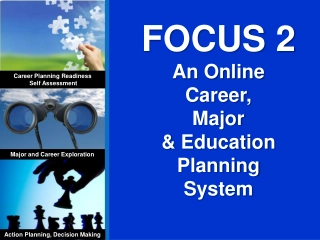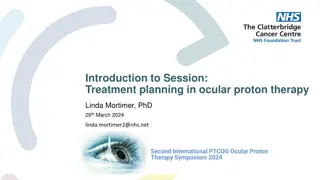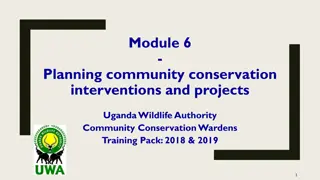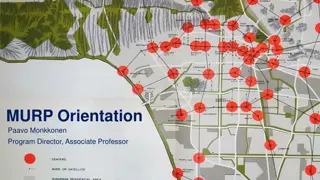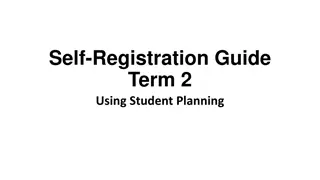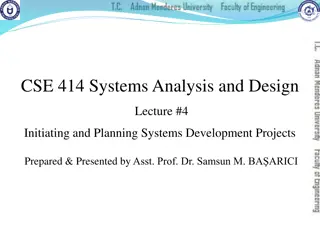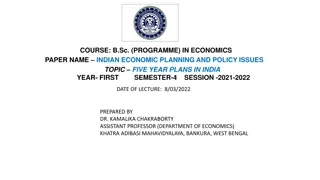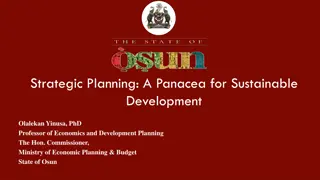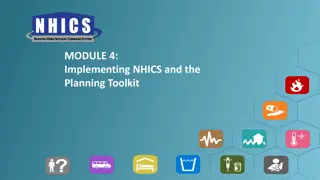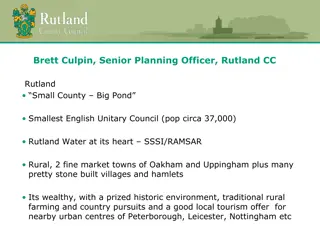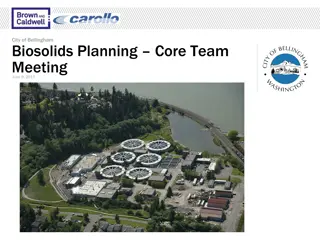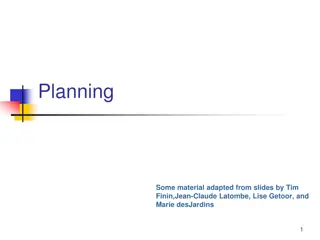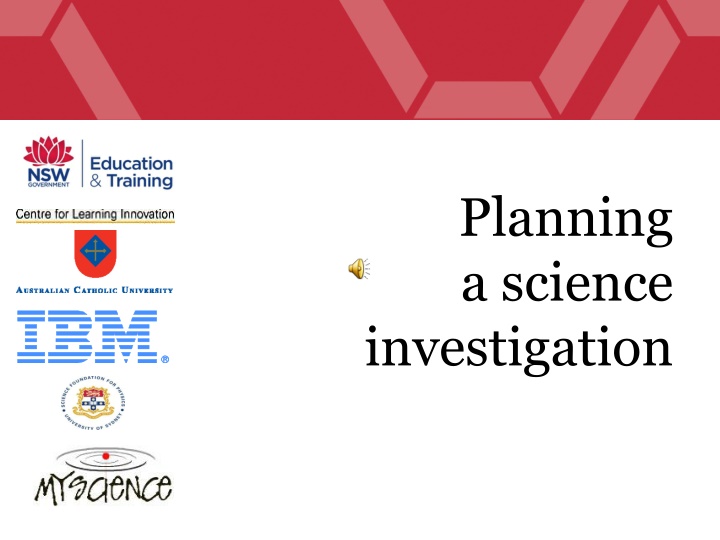
Planning Steps for a Science Investigation
Explore the essential steps in planning a science investigation, including choosing a theme, brainstorming topics, generating testable questions, refining questions with mentors, and ensuring safety measures. Gain insights into the benefits of selecting themes and linking questions to make investigations more relevant and practicable.
Download Presentation

Please find below an Image/Link to download the presentation.
The content on the website is provided AS IS for your information and personal use only. It may not be sold, licensed, or shared on other websites without obtaining consent from the author. If you encounter any issues during the download, it is possible that the publisher has removed the file from their server.
You are allowed to download the files provided on this website for personal or commercial use, subject to the condition that they are used lawfully. All files are the property of their respective owners.
The content on the website is provided AS IS for your information and personal use only. It may not be sold, licensed, or shared on other websites without obtaining consent from the author.
E N D
Presentation Transcript
Planning a science investigation
Steps in Planning Choose a theme Theme Brainstorm/ mind map topics within the theme Topics Discuss what is needed for fair testing and what is a testable question. Generate testable questions for investigation Questions Students work with mentor to refine and clarify one question for investigation. Teacher check. Refine question Ensure students can safely and accurately use the equipment Check chemicals etc follow guidelines Safety audit
Choosea theme-examples Theme Themes recently used in MyScience A theme is a uniting idea that is sufficiently broad to enable it to be expanded into topics. Energy (COGs Physical Phenomena, stage 3 or Movement and Energy, stage 2 or Powering On, stage 1) The Human Body Weather Transport Mythbusters Global Issues (COGs Global and Social Issues, stage 3) Environment Communication
Choosea theme- benefits Theme Themes help students appreciate the role of science as a human endeavour. They: Assist communication with mentors Assist teachers ability to simultaneously address both process and content outcomes Supports follow-up discussions and explanations e.g. The importance of conserving energy in our modern society
Brainstorm/ mind map topics within the theme Topics Click on the links to learn more about each type of question Prompting Prompting Role of teacher questions used in brainstorming Analysing Analysing Clarifying Clarifying Linking Linking Expanding Expanding Continue to fair testing
Linking questions Eliciting links between ideas can make areas more relevant. Is there a link between solar energy and plants? Return
Analysing questions Some ideas can be analysed with the view to developing practicable investigations. What are some ways that we use wind energy? Return
Prompting questions Bring to the surface student knowledge. Who can think of..? What do you know about? What are some examples of..? These questions are used extensively at the beginning of the brainstorming session. Return
Clarifying questions Sometimes student suggestions are not clear. Clarification questions can help students communicate their ideas and prompt the ideas of other students . What aspect of energy conservation are you interested in? Return
Expanding questions Ensuring the theme is expanded gives more opportunities for students to find an area that interests them. What are some other types of energy? These questions are often used in the early stages of brainstorming. Return
Questions Why plan a fair test? a fair test = a valid + a reliable investigation Fair tests generally require the management of variables and sources of error (repeat trials or replication). Sometimes they are based on the use of a control.
Key elements of a fair test Questions Cows Moo Softly Change ONE thing Measure something Keep everything else the Same
Fair testing- variables Questions The thing that is Measured to get the result is called the dependent variable. The thing that is Changed is called the independent variable. The things that are kept the Same are called the controlled variables. By properly managing the variables and sources of error in an investigation, a fair test is achieved and valid conclusions can be drawn.
Supporting students to generate testable questions and do background research Questions Ask students: Do you already know the answer? Is it a question that you will be able to investigate in the school/classroom within the required time? Is it a question to which you want to know the answer? What do you already know about the factors being investigated? Where can you find out more about the background to your investigation? Mentors can be invaluable in the processes of generating and selecting testable questions and guiding background research
Stage expectations for a fair test- BOS Foundation Statements Questions Stage 1 Stage 2 Stage 3 Expectations of students Conduct guided investigations by following a series of steps that include questioning, making and testing predictions.. e.g. What will happen if I grow the plants in the shade? Demonstrate an understanding of a fair test and can identify variables..... e.g. What is the effect of drinking a sport drink? Independently develop questions for scientific investigation, conduct investigations based on fair testing..... e.g. What is the effect of water speed on the weight of objects that it carries?
The role of mentors Refine question Mentors are often used to: Provide extra support for teachers to manage the logistics of a number of groups simultaneously refining questions that can readily be investigated. Provide real examples of how scientific investigations are conducted and impact on our society Provide a real context for sustained communication Provide examples of career paths in science
Selecting the one problem/question for investigation in a group Refine question Curriculum Support has some useful strategies e.g. POOCH (problem, options, outcomes, choices) Groups negotiate and often lateral thinking is needed Strategies include SWOT analyses (strengths, weaknesses, opportunities, threats), PMI tables (plus, minus and interesting) or six thinking hats might be useful
Checking safety requirements- through Curriculum Support website Safety audit Can be used by primary school students Protective equipment not specified Chemicals Category and User Codes DG class DG PG UN CAS No Guidance notes NR Not hazardous 144-55-88 Sodium hydrogen carbonate Harmless. K-12 1 2 3 4 5 6 PS - Often reacted with acid to produce carbon dioxide. Used in dry chemical fire extinguishers. Disposal: Waste solutions of this chemical may be disposed of down the sink (to sewer) sodium bicarbonate* baking soda bicarbonate of soda Q stores

